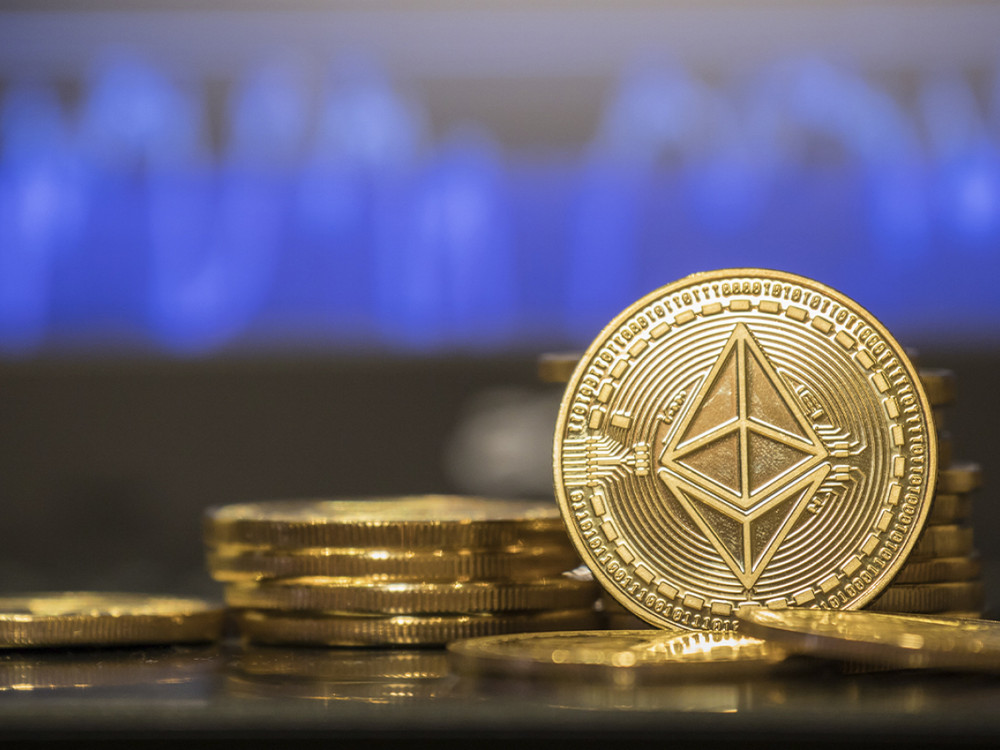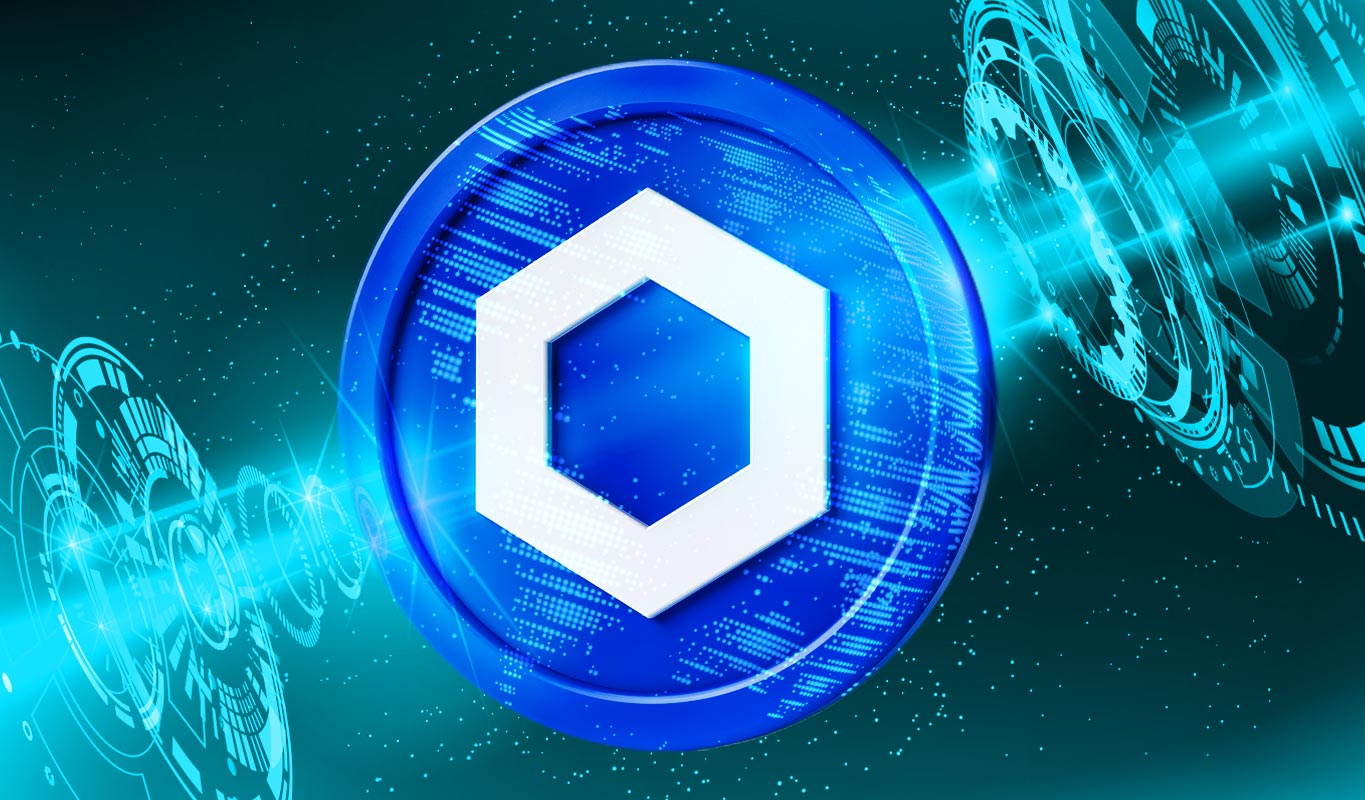RWA Tokenization: A Game-Changer in the Global Financial System
In 2025, the process of tokenizing Real World Assets (RWAs) such as real estate, commodities, and financial instruments is rapidly transforming the global financial landscape. By digitizing tangible assets, blockchain technology is enhancing liquidity, accessibility, and transparency for investors. Analysts predict that the market for tokenized assets could exceed $10 trillion by 2030, a shift that promises to revolutionize the way people invest and trade.
As we enter this pivotal year, five blockchain platforms are leading the charge in RWA tokenization, offering scalable, secure, and innovative solutions. Here’s an in-depth look at these platforms shaping the future of tokenized assets.
1. Ethereum: The RWA Tokenization Titan

Ethereum remains the dominant player in RWA tokenization, hosting over 60% of tokenized assets in 2025. Its comprehensive ecosystem and robust smart contract functionality make it the backbone of the RWA sector. The Pectra upgrade in March 2025, which reduced gas fees and improved transaction speeds, has solidified Ethereum’s leading position.
- Key Projects:
- Ondo Finance tokenizes US Treasuries on Ethereum.
- Centrifuge uses Ethereum for invoice tokenization.
Ethereum supports ERC-20 for fungible tokens and ERC-721 for unique assets, allowing diverse applications across sectors. As of Q1 2025, 45% of DeFi’s Total Value Locked (TVL) resides on Ethereum, underscoring its dominance in the space.
Ethereum’s Strengths:
- Scalability with Layer 2 integrations like Arbitrum.
- Data Feeds powered by Chainlink for real-time pricing.
- Strong DeFi ecosystem driving adoption.
2. Avalanche: The High-Speed RWA Enabler
In 2025, Avalanche has emerged as a high-performance blockchain, processing over 4,500 transactions per second with sub-second finality. Its subnet architecture allows for tailored blockchains for specific use cases, such as tokenized real estate or trade finance.
- Tokenized Asset Value:
- As of Q1 2025, Avalanche supports $2.8 billion in tokenized assets, bolstered by partnerships with Securitize and others.
Avalanche’s low transaction fees (around $0.01) and eco-friendly Proof-of-Stake (PoS) consensus model make it an appealing choice for institutions seeking efficient and scalable solutions for RWA tokenization.
Avalanche’s Strengths:
- Exceptional transaction speed and scalability.
- Low fees make it an efficient platform for large-scale tokenization.
- Strong ecosystem of institutional partners.
3. Chainlink: The Oracle-Powered RWA Backbone

Although not a traditional blockchain, Chainlink plays a critical infrastructure role in RWA tokenization by providing decentralized oracles that connect smart contracts to off-chain data. This is essential for ensuring accurate pricing of tokenized assets like gold, equities, or real estate.
- Key Projects:
- Chainlink’s Cross-Chain Interoperability Protocol (CCIP) enables over $18 billion in tokenized RWA value (excluding stablecoins).
- Proof of Reserve ensures transparency for OpenEden’s tokenized Treasuries.
With partnerships extending to industry leaders like SWIFT, Chainlink ensures data integrity across various blockchains, including Ethereum and Avalanche.
Chainlink’s Strengths:
- Ensures trust and accuracy in asset pricing.
- Powers cross-chain interoperability.
- Essential for data feeds in decentralized finance.
4. Algorand: The Institutional RWA Champion

Algorand stands out as a leader in institutional RWA tokenization in 2025. Its Pure Proof-of-Stake (PPoS) consensus model delivers 1,000 transactions per second with instant finality. Algorand simplifies token creation with the Algorand Standard Asset (ASA) framework, which is ideal for tokenizing bonds, private equity, and fractional real estate.
- Market Capitalization:
- $3.5 billion as of Q1 2025.
- 20% growth in RWA deployments from 2024 to 2025.
Algorand’s minimal transaction fees (under $0.001) and carbon-negative design attract eco-conscious institutional investors.
Algorand’s Strengths:
- Exceptional scalability with instant finality.
- Ideal for institutional investors with low fees and eco-friendly features.
- USDC integration strengthens ties to traditional finance.
5. XDC Network: The Trade Finance Disruptor

XDC Network excels in tokenizing trade finance and supply chain assets in 2025. With 2,000 transactions per second and two-second settlement times, XDC is uniquely suited to process high-volume trade assets, such as invoices and bills of lading.
- Tokenized Trade Assets Value:
- In Q1 2025, XDC facilitates over $1.2 billion in tokenized trade assets.
Its hybrid public-private blockchain ensures compliance with global trade regulations, positioning XDC as a leader in Asia and Europe, where it is gaining significant traction in the trade finance sector.
XDC’s Strengths:
- Fast transaction speeds and low fees.
- Hybrid blockchain ensures compliance with trade regulations.
- Strong adoption in trade finance and supply chain tokenization.
Why These Platforms Lead in 2025
The platforms driving RWA tokenization in 2025 each offer unique advantages that contribute to their leadership:
- Avalanche and XDC excel in transaction speed and scalability, making them perfect for high-volume applications like trade finance and real estate.
- Ethereum and Algorand provide robust smart contract capabilities and strong ecosystems, supporting a variety of tokenized asset types.
- Chainlink ensures the integrity and accuracy of tokenized asset pricing across chains, enabling secure and reliable market operations.
Regulatory frameworks like the EU’s MiCA and institutional involvement from players like BlackRock’s BUIDL fund on Ethereum are further accelerating adoption. The growing diversity of tokenized assets—from art to carbon credits—demonstrates the versatility of these platforms, setting the stage for the anticipated $10 trillion market by 2030.
The Road Ahead for RWA Tokenization
As blockchain technology continues to evolve, Ethereum, Avalanche, Chainlink, Algorand, and XDC Network will remain at the forefront of the RWA tokenization revolution. Advancements such as AI-driven token management and enhanced cross-chain interoperability are set to amplify the impact of these platforms. At the same time, enhanced security features will address emerging risks, ensuring a safe and trustworthy environment for investors and businesses.
These blockchain platforms will be key enablers of tokenized assets, unlocking their full potential in 2025 and beyond. For anyone looking to capitalize on the future of RWA tokenization, staying informed about these industry leaders is essential.
Disclaimer: This article is for informational purposes only and does not constitute financial or investment advice.




